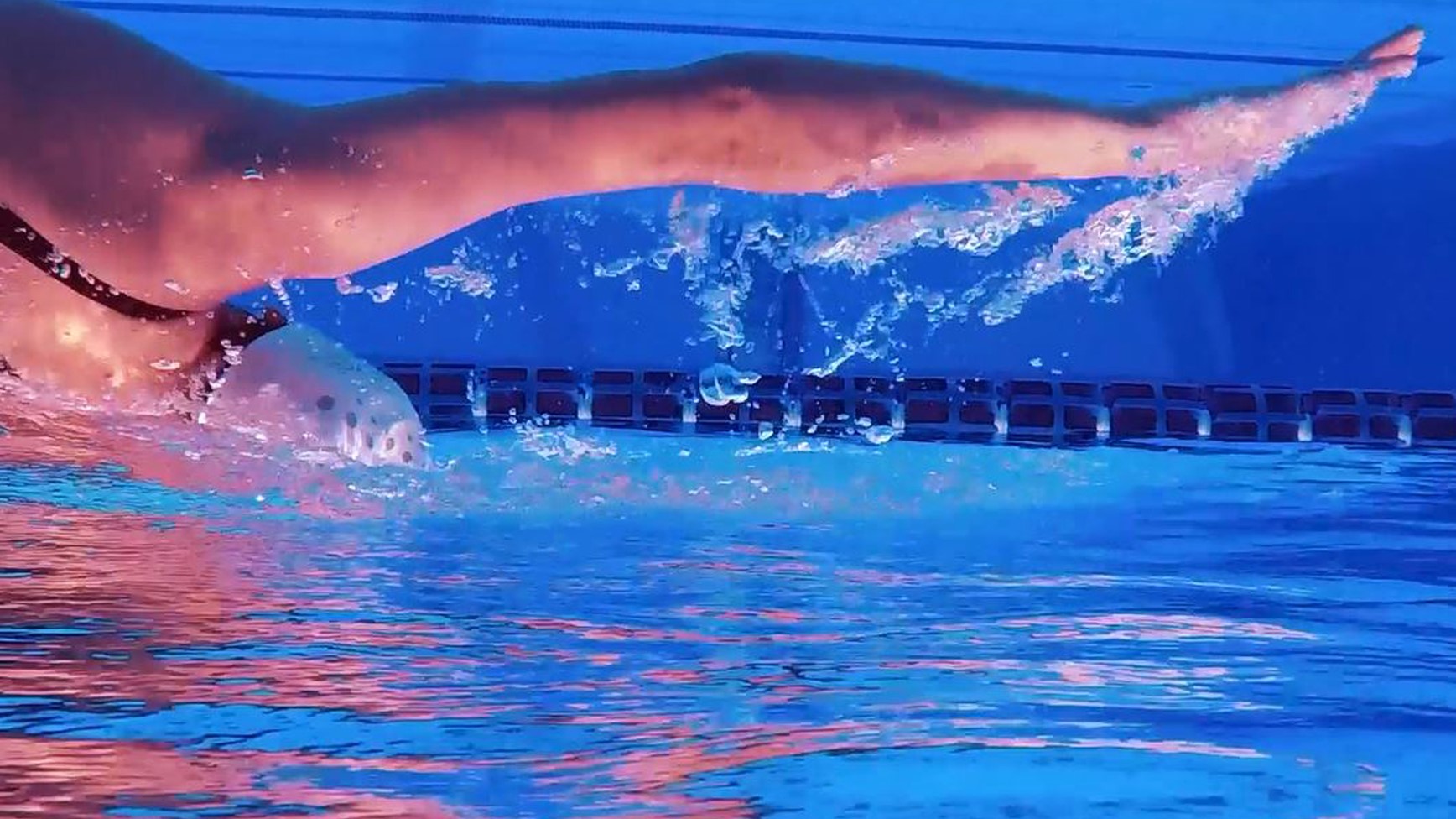The sense of water
The word proprioception derives from its roots “propio-”, which means of oneself; and “-ception”, which means consciousness. That is, the consciousness of our own self: the awareness of our own body posture regarding the environment that surrounds us. But this environment is very particular. Water, because of its characteristics and especially because of its density, is not too propitious to transfer stimuli, with which to excite our mechanoreceptors and shape our body scheme in motion.
Exteroceptors such as touch and its specialized receivers, have limited access to the information received. This is due to water conditions, only produced by the speed printed on the underwater trajectories of swimmers’ propulsive moves, or by the position during them.
Proprioception, or personal conscience, is being forged throughout experiences, receiving information from multiple sources. One of those sources is located in the muscle belly, called “Neuromuscular spindles”. Other source is in the tendons and their joints with other muscles, known as “Golgi tendon organs”. “Capsuloligamentous proprioceptors” are the third source, found in the capsule and ligaments. They inform the cerebral cortex about joint position and movement. There are four different receptors: Ruffini’s, Paccin’s, Golgi-Mazzoni’s and of free ending. Finally, “Vesticular proprioceptors” are placed in the inner ear, reporting position and movement of the head.
All this network of information transducers are responsible for bringing “the sense of water” to the cerebral cortex and cerebellum. This concept (the sense of water) is a very widespread and popular term, but in fact is unclear and hard to understand by swimmers during learning and training.
Haptic Perception, formed by both information systems (touch and proprioception), stands out, from our point of view, as the “swimmer’s stick”, the “Braille of the athlete”, the tutor that will help us feel and hyper-sensitize the inmese receptive field that we have.
The motor scheme generated by our experiences has certain elements that modify the reality of our perception. Verbal explanations, sounds, buoyancy, images received by the observation of videos or others sportsmen, cognitively construct an idea about our postures and moves, as personal as incorrect in some cases. The style we will be performing during our sports career, or simply during our training session, will be distorted to a greater or lesser extent compared to the postures objectively well qualified by a coach, athlete or video camera. The cognitive formation we make of our body image in motion is created from the ideal situation, from the belief of being properly executing what we have learnt. However, when swimmers or triathletes observe their own gestures are, at least, very surprised.
Flexibility, elasticity or the strength of each body segment are highly distinctive in each sportsman, and their limitations, in most the cases, determine their use and results. If, in addition, we have not adequately stimulated all the neuronal tree we have, the distortion can be far more bigger. How many times have we seen a swimmer changing gestures allegedly automated or acquired a long time ago? If we ask about their perception, they will clearly respond that their style remains the same.
J. Bonal Pedrón
Share this article




